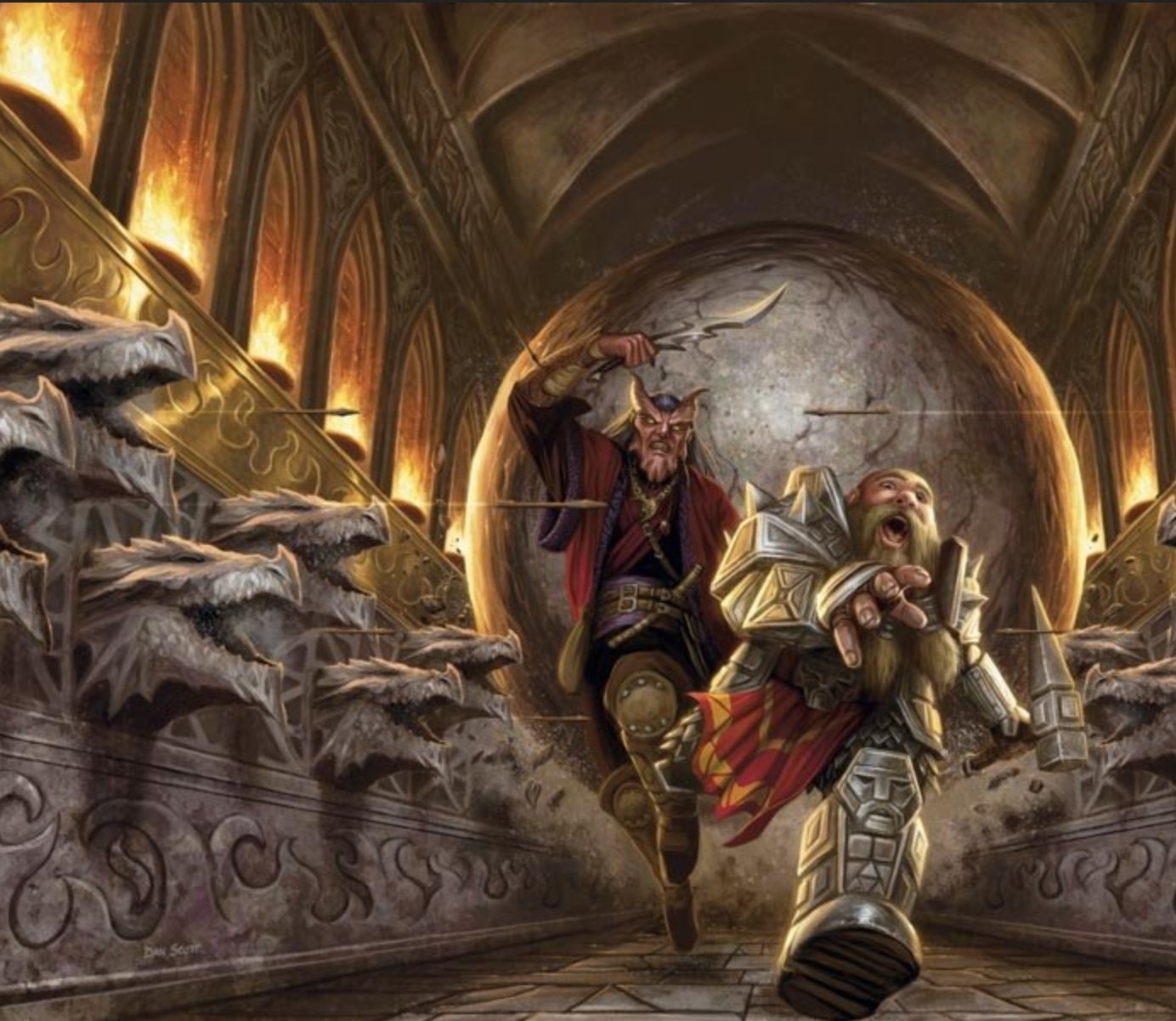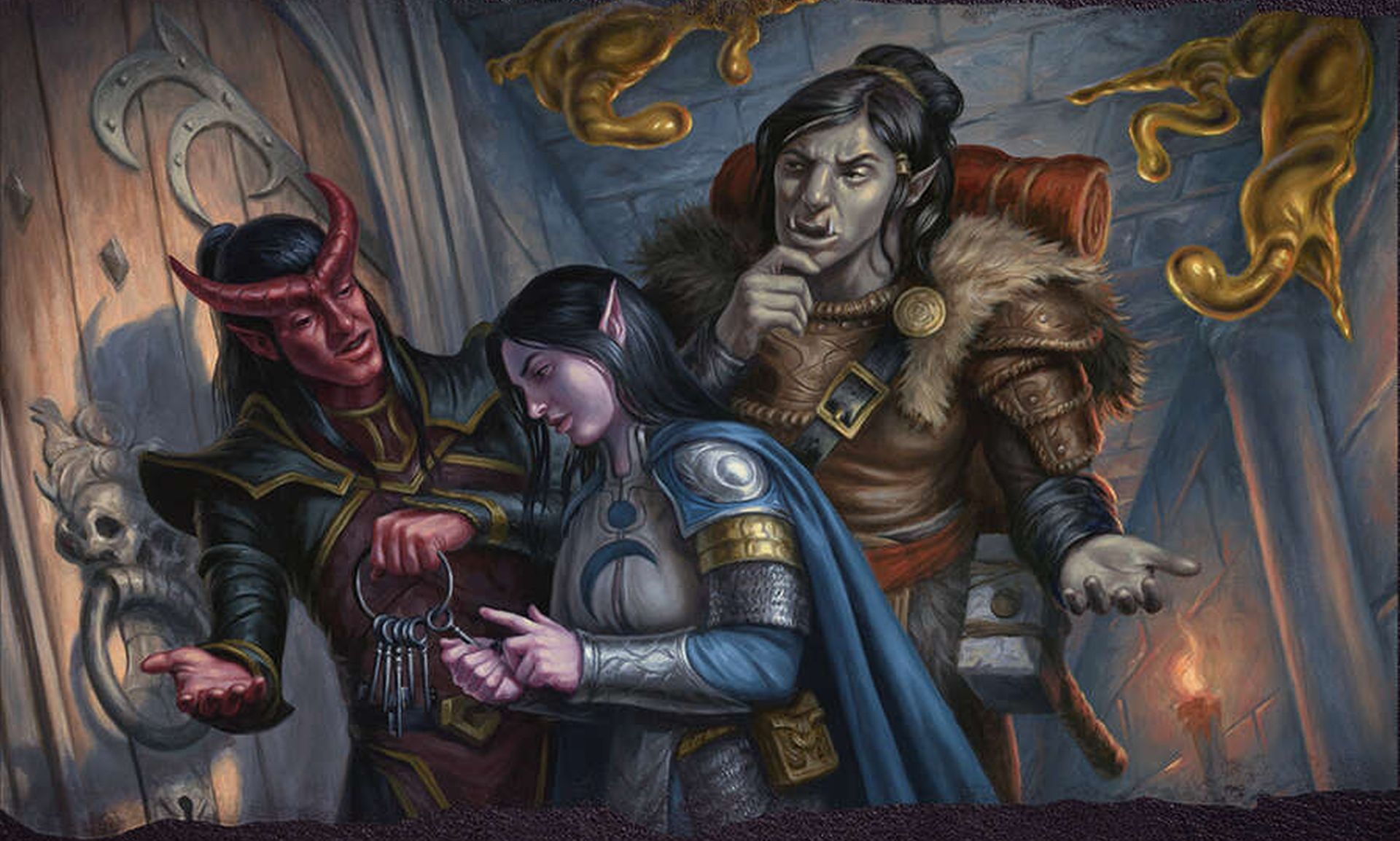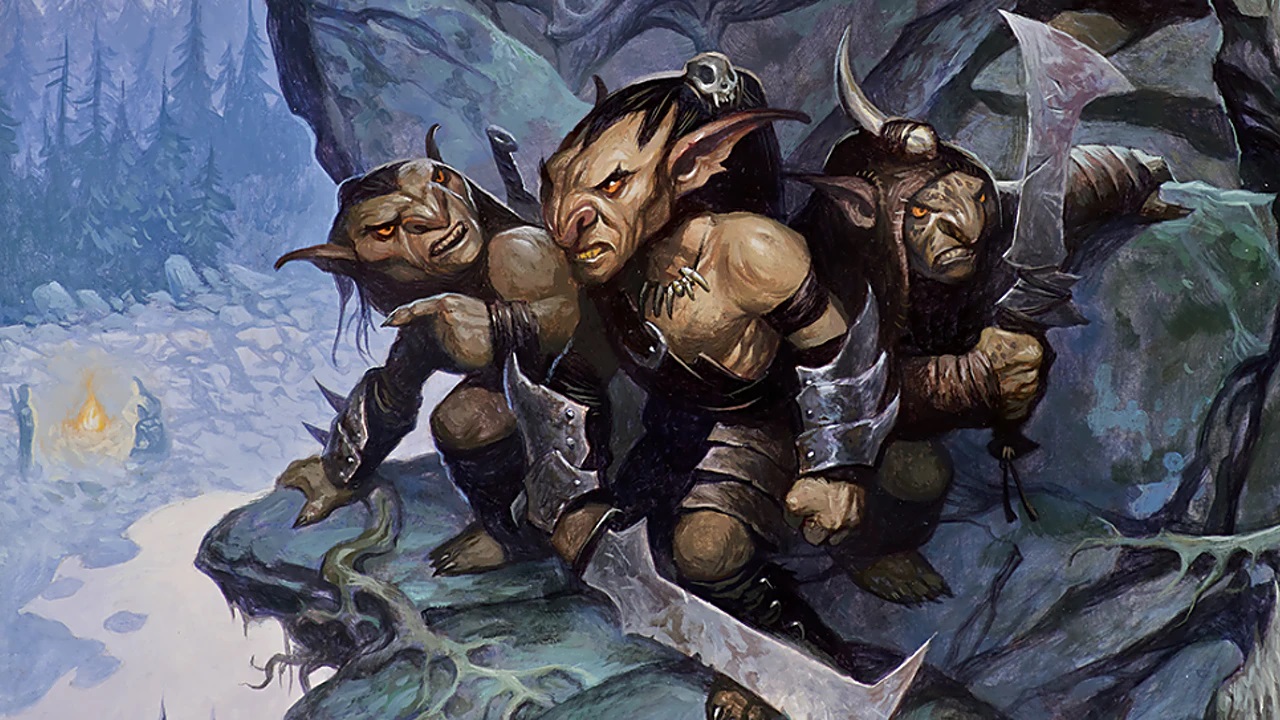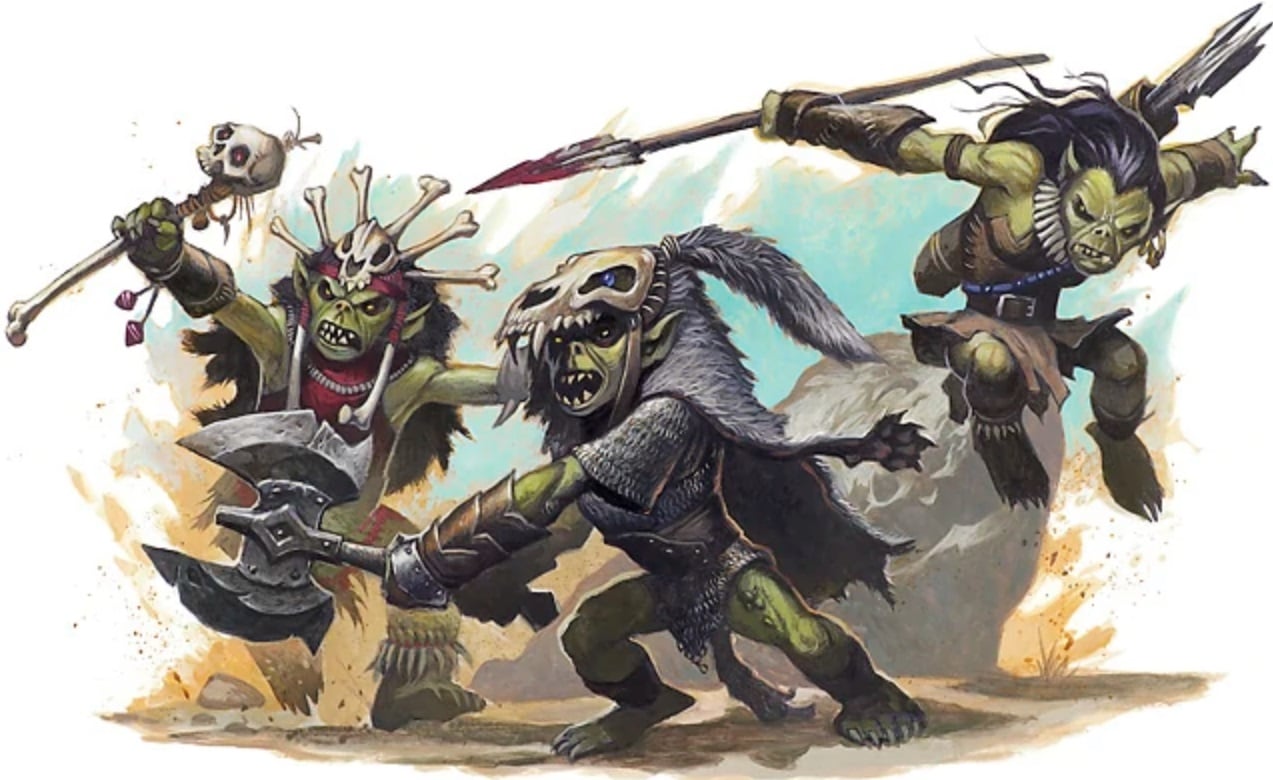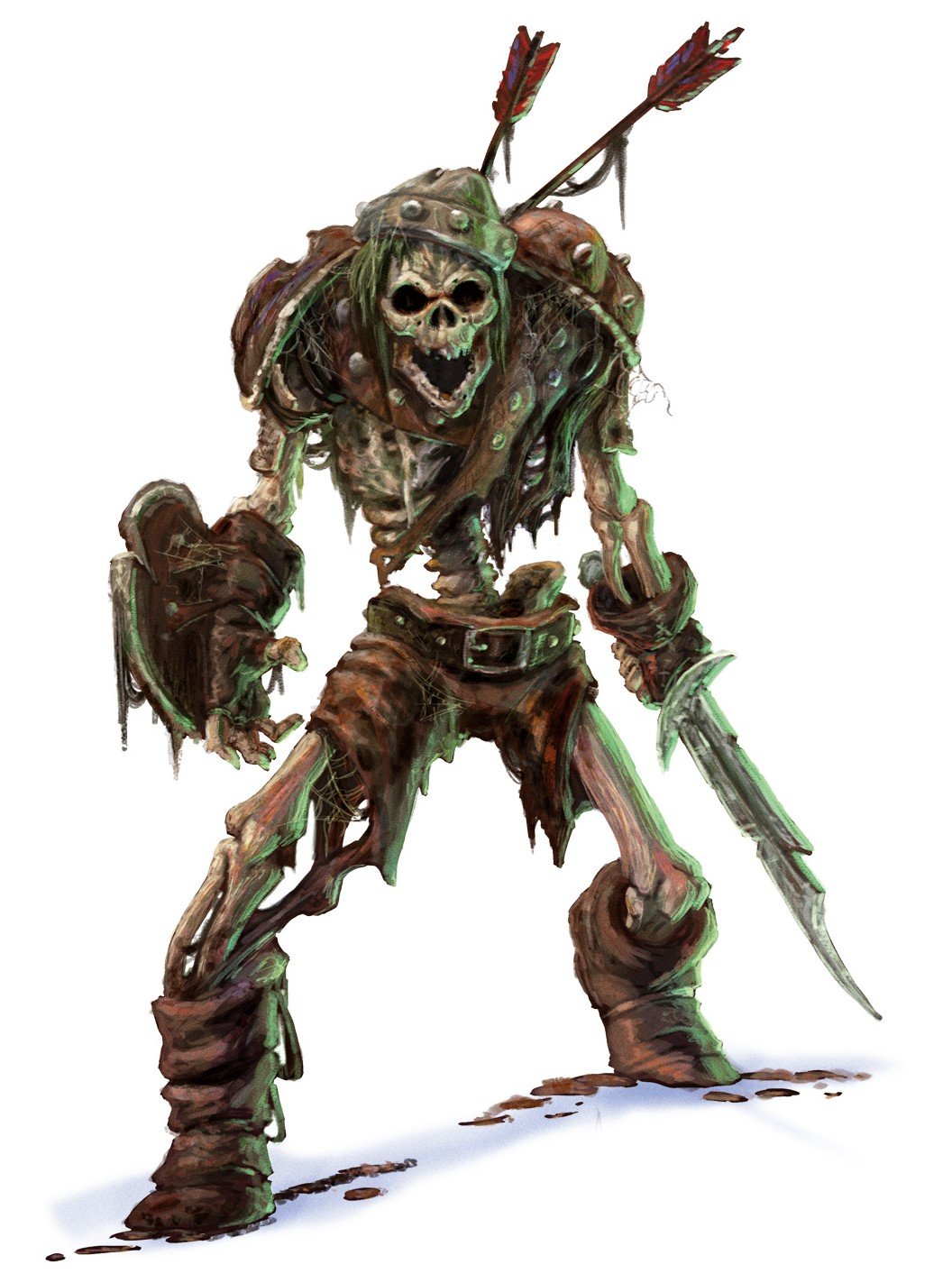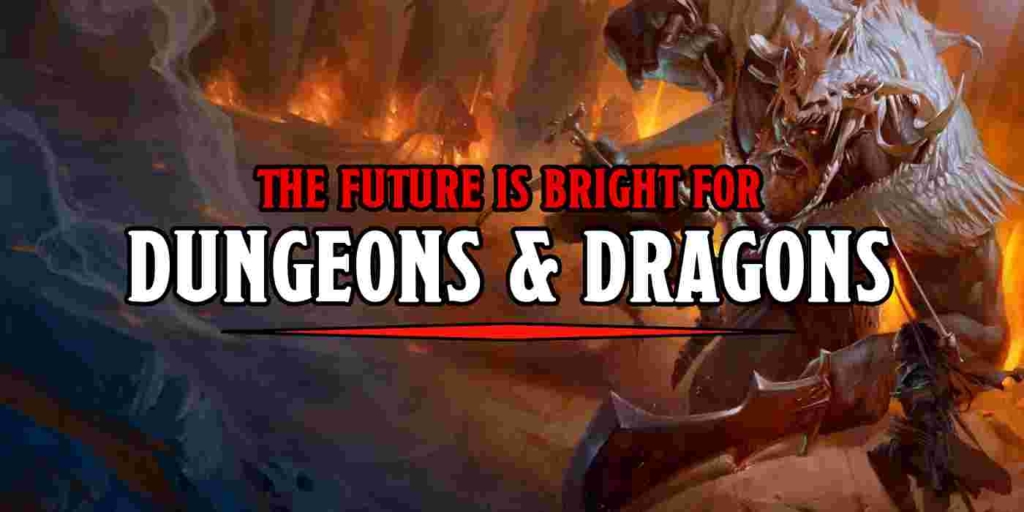D&D: Let’s Make A Dungeon Part 5 – You Gotta Start Somewhere
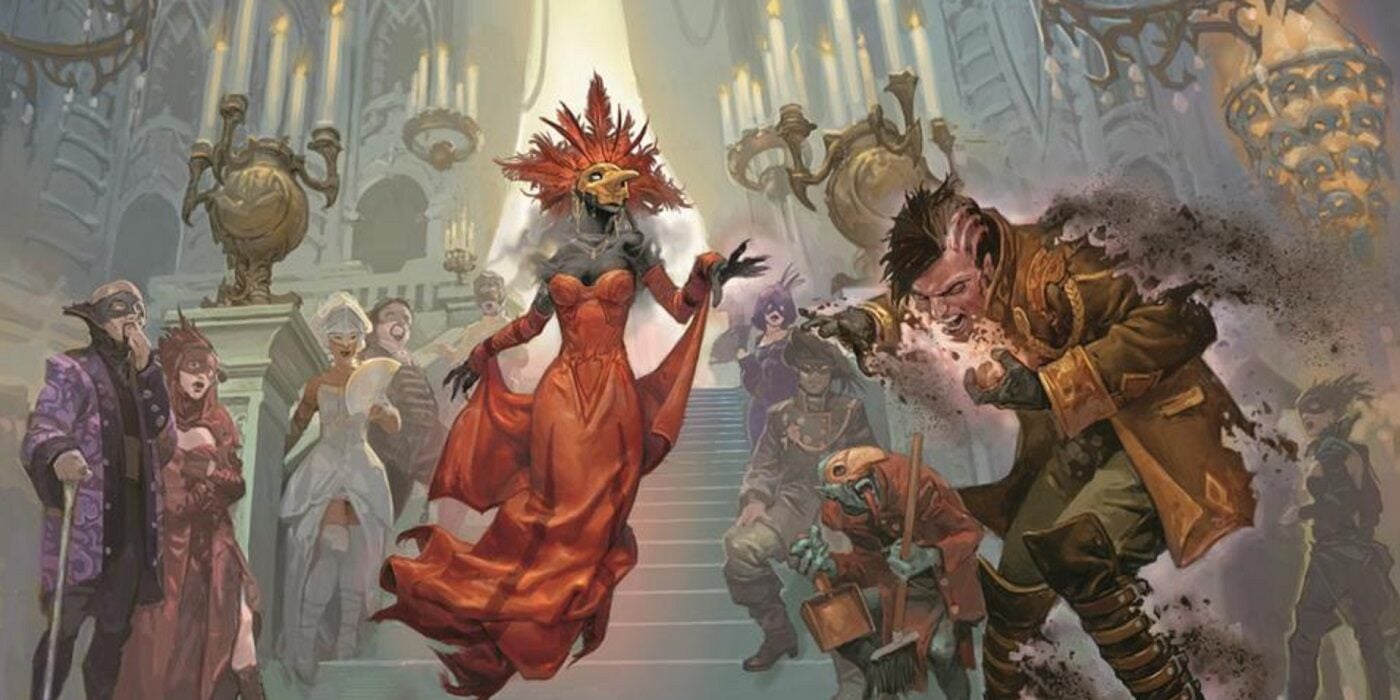
Alright friends, it’s Dungeon-making time–this week we’re taking a closer look at where and how our players will run into this dungeon.
Alright friends, break out your graph paper and put on Rush’s 2112, because it’s time to make a dungeon. If you’re just joining us, we’ve spent the last few installments building out the Lost Sanctum of the Vampire Knight–a level 4-7 dungeon complex we built using a seed from the d20 SRD Fantasy name generator.
Going off of that name, we picked a theme, decided on some monsters and other features that fit the theme, figured out areas in the dungeon, then got those areas linked together and built our boss encounter. Today we’re going to dig down deeper with some layout work, looking to reward players for exploring, and we’ll talk about the different kinds of encounters we want in this dungeon.
Now ordinarily, I favor a design-on-the-fly approach to making up the individual rooms of the dungeon. But today we’re getting a little more granular, because the beginning is a very delicate time. So we’re going to get specific with the beginning of our dungeon.
The beginning is a chance to set the tone for the rest of the dungeon. It can establish pace, entice players further with lore and treasure. A good beginning will make your players excited for the delve to come.
As we talked about in the last installment, we want this dungeon to reward people for exploring it. There are a few ways to do that–you can hide cool items in the rooms, sprinkle in nuggets of lore, or details that might make the fight at the end of it a little easier.
All of this is great, and you should definitely do that, but you can make it feel good to explore the dungeon. How? The secret is giving your players choices and letting them see the impact those decisions had on the game.
This can be as elaborate as choosing to spare the undead vizier and heed its eldritch counsel, paving the way for your ascension to the throne–or as simple as deciding to explore the dungeon before you explore the upper levels of the castle. The key is to make each option feels like it matters.
There are a couple of ways to do that.
You can suggest the consequences of a choice by what’s inside a room. If the players chose to walk in through the stables, they might find a key that unlocks the cellar door later in the house, for instance. Or you can decide enemies are caught off guard if the players come from an unexpected direction. Put the emphasis on player choices by having decisions made in the starting areas of your dungeon matter later on.
As you go through our layout, remember to look for places that can tie in to the rest of the dungeon. It’s easy work that pays off well above its weight. Even if they loop back around to find everything, they’ll have the satisfaction of the experience being their own unique version of it. They came in through the cellar and saw the underside of the pit–but they had to bash down a door and alerted the goblins. Later when they find a secret tunnel, they’ll see how they might have ambushed them, etc.
Essentially everything should fit together in a way that feels like it makes sense. The way I keep this in mind is by planning out multiple starting areas. I like to leave it open to the players to decide how to enter the dungeon.
You can always nudge them in one direction or another; make it easier for them to find information for example, but at the end of the day when they get there, leave how they start up to them.
They might see the secret door you have carefully laid in front of their noses and decide it’s too risky and instead spend hours climbing the cliffs and risking death to surprise the enemies by going over the walls.
A lot of times players will think they’re pulling something on the DM by trying to go off the rails. But the trick is, there aren’t really any rails you can’t respond to. If you seed multiple starting areas to your players–give them different options for how to approach, then they’ll do a lot of the work for you. It gives your players freedom to decide what they want to do and it gives you the freedom to react to what they do.
I tend to plan out four or five different Dungeon beginnings, because that’s about the maximum number of options a person can compare efficiently, and also that’s about as much work as feels worth it.
With our Lost Sanctum, we have the following areas: a Castle, Graveyard, Dungeon, and Stables. Let’s pick a starting area for each of those. For the Castle it might be something like the front courtyard or a gatehouse. The Stables themselves feel like a starting zone. For the Graveyard it’s maybe at the back of the grounds, maybe the graves of servants that are freshly dug up. And for the dungeon it’s a secret cavern entrance. All in all it looks like:
- The Castle
- Gatehouse/Courtyard
- Graveyard
- Servant’s graves
- Stables
- Outer carriage house/stables
- Dungeon
- Secret cavern entrance
Now for the fun part: figuring out how the players will get to these starting areas.
We’ve already mentioned that this is a spooky castle in a dark woods and it’s very lonely/isolated and forgotten. After all it’s not the Found Sanctum of the Vampire Knight.
At least not until the players show up.
Some of these options should be obvious to players scouting the area. Obvious things can go in your description as the players draw near. But other things might be hinted at by clues leading up to the adventure. They might find notes about the sanctum, or be specifically researching it. Here are some sample dungeon clues I might use:
- The Castle
- Gatehouse/Courtyard
- A history tome in a library marks the location of the ancient castle (DC 15 to find it)
- A hermit in the area knows where the castle is
- Stumbling through the woods, they’ll come across it. 50% chance they’ll emerge near the courtyard
- Gatehouse/Courtyard
- Graveyard
- Servant’s graves
- Missives from a servant worried about their master are hidden in another treasure chest the party finds, a map leads to the servant’s secret exit (through the graveyard) DC 14 survival check to follow the map
- 25% chance to emerge from the woods near the graveyard at the back of the manor
- Can just walk around and find it
- Servant’s graves
- Stables
- 25% chance to emerge from the woods near it
- Also it’s visible from pretty much all sides
- Dungeon
- Secret cavern entrance–a DC 22 Survival or DC 24 Investigation check finds the cavern entrance in the woods
- Waiting near the castle and observing it reveals a ghost haunting the secret entrance–playing out the ghost’s attempted escape and demise (DC 24 perception check to notice it)
- Following the beasts that live in the caves might lead to the door–DC 18 Survival check to find their tracks (if they decide to look)
Basically list out some ways to get to these areas. And more importantly, if your players come up with something, listen–see how it fits in to what you have. After all, the prep work we do hete is to be adaptable to what the players decide.
But as you plan out starting areas, you might get some ideas of what sorts of encounters you’ll find there. Let’s take a look at some potential options.
Castle Courtyard
This can be a fairly straightforward combat encounter that sets the stage for things to come. After all this is a fairly open area, and as the characters approach it’s a chance to really hammer home the theme. Lots of ominous fog and eerie stillness can set the mood and we can spice up the Vampire-ness of it with a sweet intro encounter. This is a level 4 area, so we’ll build an easy encounter around that level. Looking at our monster lists and encounter guide yields up a couple of suggestions. We’re going with a pair of Dire Wolves and a handful of skeletons (I went with 4).
Again, this encounter isn’t a threat so much as something that sets the mood: here are typical vampire baddies.
But–how do we make this pay off in the future? Why are we having this fight other than “this feels like a spot for a fight”? The answer lies in what the dungeon is. It’s a vampiric sanctum, guarded by children of the night and the undead.
The skeletons could be guards–we can give them spears or pikes and some heraldry. Maybe one of them has a set of keys that unlock the front door and other rooms in the castle.
People will naturally want to use what they have and will want to satisfy their curiosity. If you give them keys, you’ve suggested locked doors, and they’ll want to unlock them.
We don’t need to know what these unlock (not yet) but let’s say there are five keys, and note down to be on the lookout for places they can go later. So at least one of those keys should eventually unlock something. Otherwise you’re wasting your time and theirs. Nobody wants to feel tricked or like they’ve wasted their time trying to solve a pointless mystery. If they did they’d be on the Lost forums.
Stables
The Stables are a favorite of mine. This is a place to have an encounter that isn’t necessarily a combat one.
For flavor we’ll put a few skeletal warhorses in the stall–they don’t have to attack–but this can be a chance for the players to figure out how they want to bypass the encounter. They could slay them–but they could just as easily try to calm them down or sneak past them. To make things interesting, we’ll add something in the description about something glinting in the moonlight (if any of the players have a passive perception of 15 or higher) to invite them in. Even if they don’t, we can talk about heavy shadows obscuring the insides of some of the stables.
Would an undead horse be a horpse?
Why this encounter? This one can help players think about alternate solutions to the problems. Taking an example from above. They can find a key to the basement (one not on the guards’ ring) here. And more, the stables will lead in to the servant’s area of the house.
This area can be much less guarded and therefore easier for them to get to. But we want to do more than that; we want to reward explorative players who came and checked this place out. So let’s put a secret door that leads to the dungeon level here as well.
Call it DC 20 (feel free to adjust depending on how likely you want your players to find it), and it’s a trapdoor obscured by some rotting hay.
Graveyard
We can set up a slightly more difficult combat encounter here–this is an off-the-beaten path kind of place to come in. It feels creepier, so let’s lean in to that. We’ll gather some shambling undead, maybe a handful of skellingbones and zombies (8 all in all), but then let’s toss in a spectral enemy or two. In fact let’s make it two specters. These are the servants graves, after all. This alerts players that they’ll be needing to fight undead.
And here we have a chance to do some cool story stuff with the dungeon. Why this fight? Well maybe it’s part of the gloomy curse that hangs over this place–but maybe that also means a pair of adventurers have come before. Their bodies can be the specters. And when the players defeat the encounter, they can learn more about the dungeon. Information is a fantastic reward, especially if, by coming back around here, they can get some lore of the place–maybe the adventurers are undead hunters who had come pursuing an evil spirit (this can be our Banshee or Wraith miniboss in the Graveyard/Crypts area).
We can also make this choice feel good by giving them some undead fighting tools in the adventurer’s gear. A scroll of Protection from Evil and Good or some vials of holy water or a silvered weapon (or especially ammo) is a great way to make the players feel ready for more. This kind of consumable reward can help ease the burden of adventuring–unless your players fall into the never drink any of the potions and save them all for the final boss school, which is another article altogether.
Dungeon
This one’s fun. We can build up more of a mystery since this is the one the players are least likely to discover. Also worth mentioning here, it’s okay if they don’t find it right away. It can be tempting to want players to find everything–after all, you wrote it, right? So they may as well uncover it. But I think it’s better to let these discoveries happen organically. They might not find it right away, but if they try and clear the place, they’ll find it eventually and feel satisfied they did–or they will never know it was there, and you can just use the work you did elsewhere, later.
So this has a ghost encounter right off the bat as we mentioned in the bullet lists. But that doesn’t have to be hard–it’s more of a roleplaying encounter. From the monster manual:
“Unfinished Business. A ghost yearns to complete some unresolved task from its life. It might seek to avenge its own death, fulfill an oath, or relay a message to a loved one. A ghost might not realize that it has died and continue the everyday routine of its life. Others are driven by wickedness or spite, as with a ghost that refuses to rest until every member of a certain family or organization is dead.
The surest way to rid an area of a ghost is to resolve its unfinished business. A ghost can be destroyed more easily by invoking a weakness tied to its former life. The ghost of a person tortured to death might be killed again by the implements of that torture. The ghost of a gardener might become more vulnerable when exposed to a potent floral fragrance.”
Also worth noting are the effects around the Ghost:
“Ghostly Manifestations. Sensations of profound sadness, loneliness, and unfulfilled yearning emanate from places where ghostly hauntings occur. Strange sounds or unnatural silences create an unsettling atmosphere. Cold spots settle in rooms that have roaring fires. A choking stench might seep into the area, inanimate objects might move of their own accord, and corpses might rise from the grave. The ghost has no control over these manifestations; they simply occur.”
We can have the players try and figure out what its unfinished business was. This is a great way to tie the starting area into later parts of the castle. It might be tempting to connect this to the boss encounter–kill the Vampire Knight and free the Ghost, which makes for a dramatic option.
But we could tie this quest to exploration of the Sanctum as a way to deepen the story. Think about what this ghost wanted. According to our earlier brainstorming, this ghost was trying to escape when it died.
Maybe it left something important behind. The ghost might have been trying to escape with a message for its child. Perhaps the message is still inside (in a chamber in the dungeon) and if the players can retrieve it, and deliver it, the ghost will be free.
We can reward players for securing the ghost’s alliance (by promising to free it) the ghost can be an NPC they return to during the adventure for information or identification of magic items or shelter when searching for a place to rest.
Either way, the players helping the Ghost fulfill its unfinished business gives you a great quest that will fuel the rest of the encounter.
These are anchors around which you can build the rest of your dungeon. And that’s the key to anything, whatever system/game you’re running–give your players multiple ways in, and look for ways to make those entrances relate to the rest of your dungeon/fortress/office complex/circus–and you’ve got it made.
Happy Adventuring!

